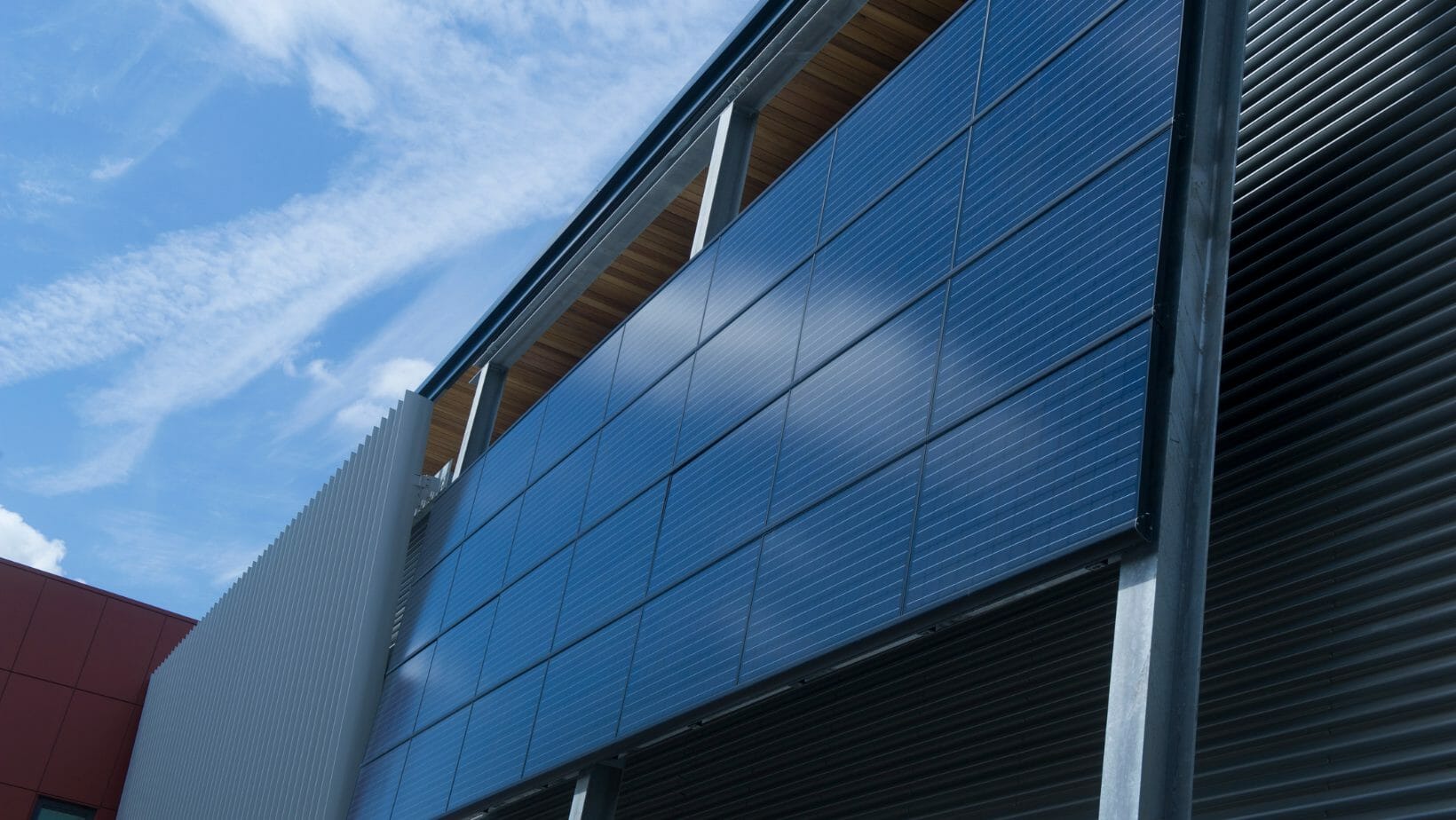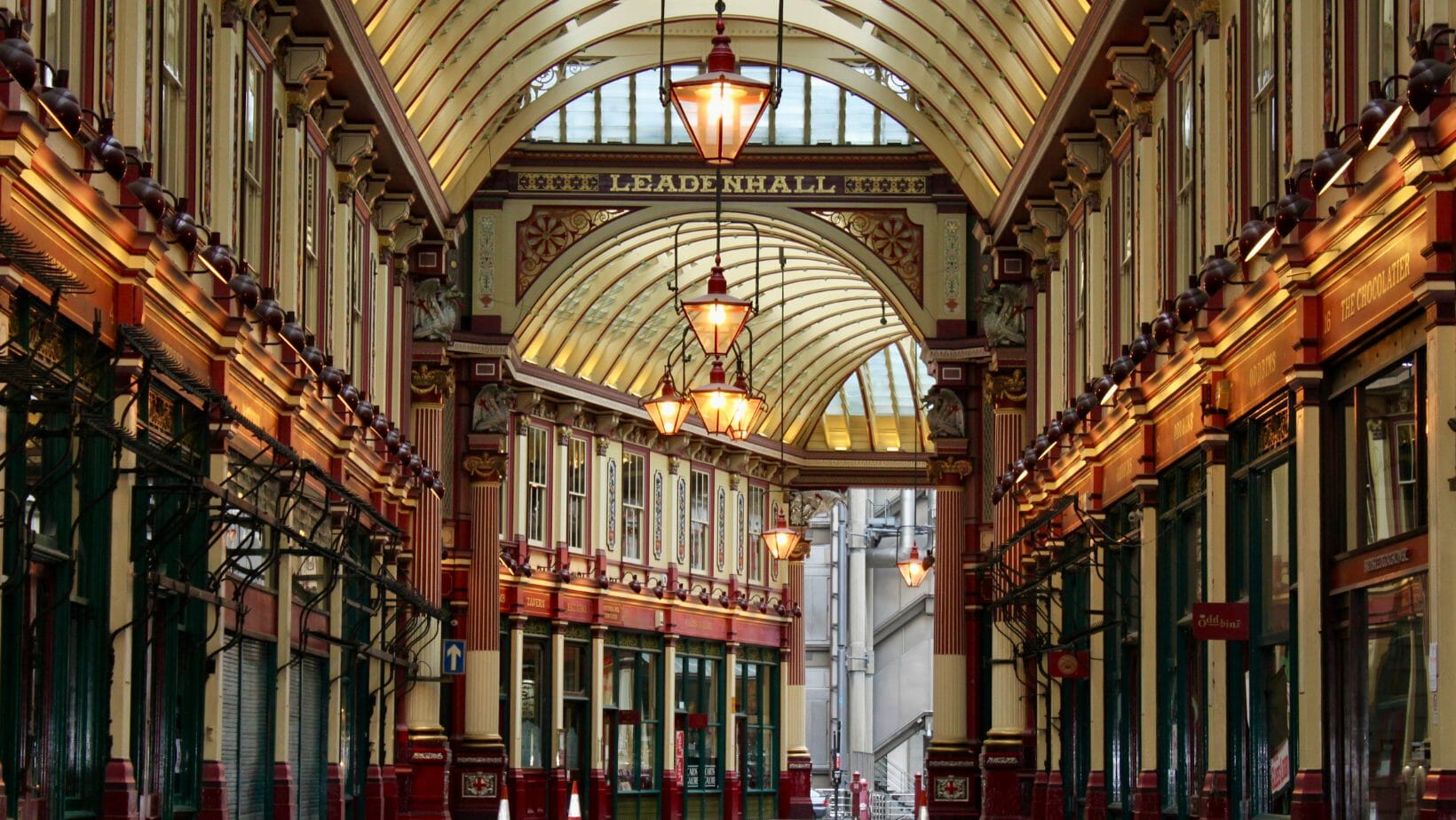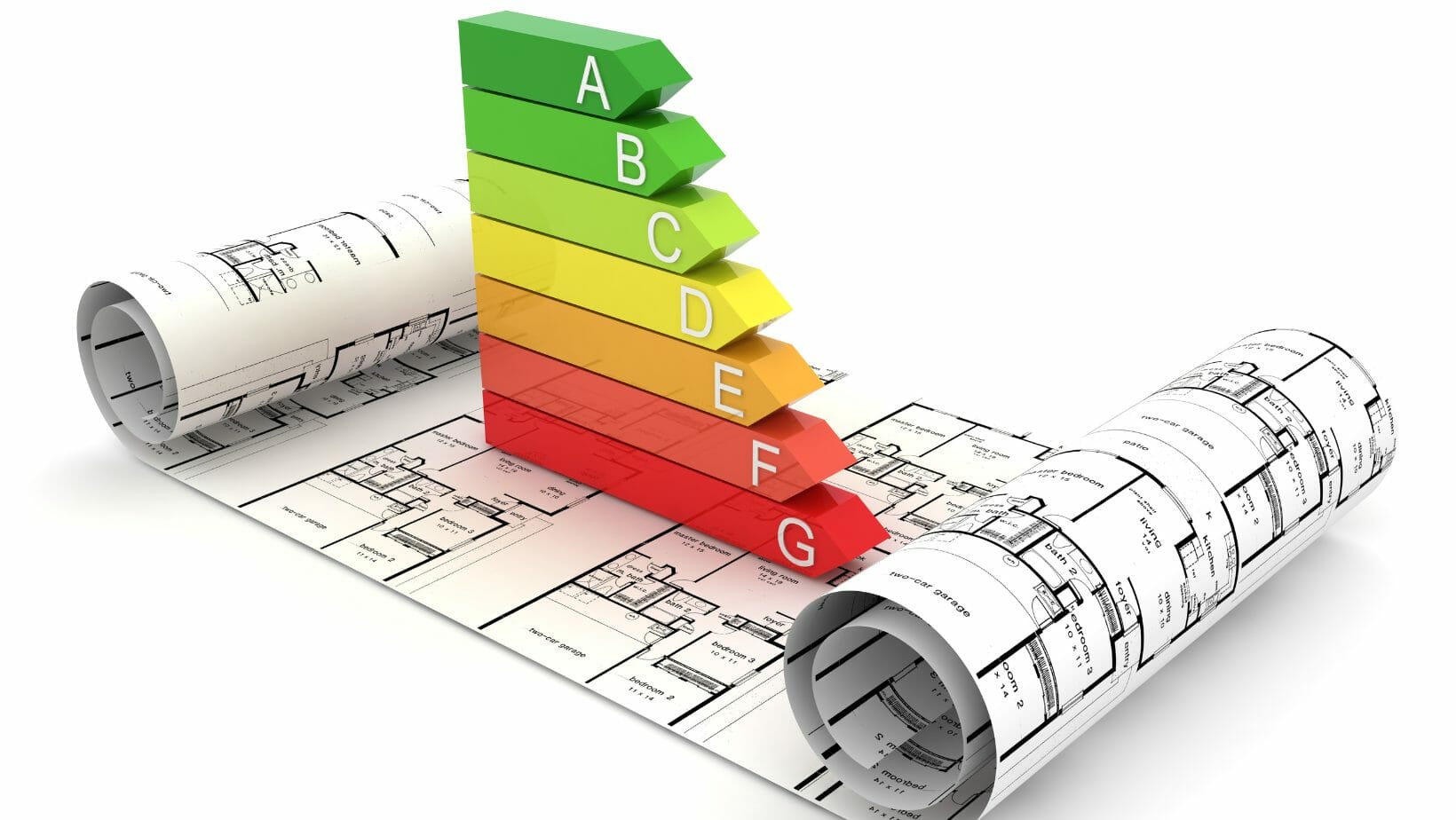 Energy efficiency is becoming increasingly important when it comes to property development. Increasing numbers of properties are being constructed with features that will make them run more efficiently. Not only will this help to lower the cost of running these buildings, but it will also contribute to lowering carbon emissions.
Energy efficiency is becoming increasingly important when it comes to property development. Increasing numbers of properties are being constructed with features that will make them run more efficiently. Not only will this help to lower the cost of running these buildings, but it will also contribute to lowering carbon emissions.
Building owners and landlords have been forced to consider their outgoings and whether running their property is financially viable. There have been many cases of landlords and facilities managers selling up and cutting their losses because the cost of running their property is too high. This is why it is becoming crucial that money-saving measures be implemented to help existing structures become more energy efficient.
The Effect of the Energy Crisis on Commercial Properties
As a result of rising energy costs, commercial properties are becoming more expensive to run daily. They use substantially more energy than a smaller household property due to the size of the structure and the number of people using its facilities. Depending on construction, building materials, and whether any measures are being taken to reduce energy usage, many commercial buildings will be racking up more expensive energy costs than ever.
Certain aspects of commercial properties make their energy demand higher than private or household properties. They are typically much larger than other buildings, requiring more energy to run. As well as their overall size, they have vast rooms and corridors that are harder to heat and maintain a comfortable temperature. Some of these buildings operate twenty-four hours, requiring constant heating and lighting throughout the day.
Why is Improving Energy Efficiency Important?
Older buildings struggle to maintain the same standard as more modern architecture focuses on energy efficiency and more sustainable construction. Commercial structures, up until recently, were not built with energy efficiency taken into consideration, so they aren’t operating as efficiently as they could be.
Working to reduce the energy consumption of these older commercial properties is essential for them to remain sustainable and cost-effective to run. The greater the energy consumption, the more expensive they are to operate on a daily basis. With current energy prices being so high, investing in measures to improve energy efficiency will be invaluable to these older structures in the long run.
Inefficient Architecture

Constructing buildings with all-glass facades has become increasingly popular in the twenty-first century. Glass doesn’t offer much insulation at all, making it an unpopular material when it comes to energy efficiency. Glass buildings have been a popular choice for skyscrapers and other large commercial properties in the past decade. However, the recent hike in energy prices has meant that they have become a less-favourable option.
The Efficiency Evolution In Building Construction
Building structures be designed more efficiently, but they can take huge amounts of energy to construct as well. The building sector alone is responsible for up to 40% of Europe’s primary energy consumption. We must analyse existing commercial properties to understand what makes an inefficient building structure to remedy these issues in the future. Automatic heating and lighting systems that demand less energy to operate and well-insulated clad structures will all help to contribute to a more sustainable future for commercial buildings.
The Move Towards Energy-Efficient Commercial Buildings
Energy-efficient commercial properties are on the rise, and many buildings can be used as inspiration for a more sustainable future. Take One Embankment Place in London as an example of retrofitting a structure to make it more energy efficient. The old structure went under renovation in 2013 to improve its consumption and reduce its carbon footprint by 51%.
Signs of an Inefficient Building
Certain features of a building, or lack of them, must be considered when trying to lower energy bills. Depending on when and how your building was constructed, the materials it’s made from, and the system’s efficiency can all impact how much energy it requires to heat and light. Here are some of the key things to look out for that could be increasing your energy costs:
Lack of insulation
The less insulation a building has, the more it will struggle to keep in its heat. This is the case in many glass buildings that don’t have thick walls or cavity wall insulation to help retain heat. A poorly insulated building will quickly rack up a higher energy bill and is one of the least sustainable structures.
Older Structure

Most commercial buildings built before the twenty-first century rarely had energy efficiency at the forefront of their design. When it comes to resolving energy inefficiency in an older building, retrofitting is the best option.
Lots of Glass
Glass buildings are the least efficient structures when it comes to energy consumption. Not only do they require extra heating to combat the lack of insulation, but they also need a powerful airconditioning system to offset the heat generated by the sun in warmer months. Glass structures essentially act as greenhouses, so the external climate has a direct effect on the temperature indoors.
No Thermostat
Thermostats are essential when it comes to monitoring and regulating the inside temperature of a building. They use sensors to detect when a room has reached the desired temperature and automatically turn the heating system off until the temperature falls below that on the thermostat. Not having a thermostat means you have to monitor this yourself, which can lead to higher energy demand.
Large Open Rooms
Commercial buildings are often comprised of large open spaces, for instance, corridors, meeting rooms, lecture halls, etc. The larger the room, the more energy it takes to heat and light. Ensuring these rooms aren’t being heated or lit when not in use is essential to reducing energy consumption.
Poor Ventilation
If a building’s ventilation system is old, faulty, or you simply don’t have one, this can impact how much energy it takes to heat and regulate internal temperature. Older systems, in particular, won’t work as efficiently as more modern types of ventilation, creating a greater demand on the energy supply with minimum output.
Tips for Improving Building Efficiency

If you, like many landlords or building managers, have found your energy bills soaring through the roof in recent months, there are specific measures you can take to try and reduce some of the costs. In a survey conducted in 2016, it was reported that commercial properties use 67% of their energy consumption to fuel essential building features such as heating, lighting, hot water, and air conditioning. While these are all necessary for maintaining comfortable conditions within a building, reducing this usage level can feel impossible. However, there are ways you can be smarter about how and where energy is being used.
Monitor Where Your Energy is Going
Energy consumption in commercial properties can be reduced relatively easily if a few minor changes are made. Being more conscious and monitoring energy usage, including which building features demand the most energy, can help you identify where costs can be cut.
Don’t Waste Energy
Lighting up rooms that aren’t being used and using high-watt bulbs can massively increase energy consumption. This can easily be fixed by switching to LED lights and turning the lights off in the rooms that aren’t being used. Heating systems are another big energy user. Commercial buildings are often vast open spaces with large windows, requiring a lot of energy to regulate the temperature. Building heating can turn off and on only when needed by ensuring thermostats are installed and working effectively.
How Does Cladding Improve Building Efficiency?
Cladding has many known benefits, with one of its key features improving building energy efficiency. It acts as an additional layer of protection to a structure. This helps to keep it sheltered from adverse weather conditions. It is also an extra material layer, meaning it is more difficult for the cold weather to penetrate the building; it also works to keep the warm air inside.
Cladding covers any gaps in a property’s exterior walls, stopping cold air from getting in and warm air from escaping. This means that any heat generated by central heating systems can circulate better within the building, helping the air reach and maintain temperatures more easily. Cladding also reduces the levels at which cooler external temperatures affect a building’s indoor temperature. If cold air is leaking into a building through holes, broken window seals, or poor insulation, this can make heating systems have to work ten times harder just to keep a consistent temperature. This, of course, increases the cost of the energy bill. Insulation can be installed alongside cladding for added benefits.
How Can We Help You?
Here at 4 Cladding, we offer a range of services to help you achieve better energy efficiency in your commercial building. Adding cladding to your external building structure can improve insulation and reduce the heat your building loses. This will all aid in the effort to reduce energy consumption and costs. Hire or purchase the cladding tools you need to help you today.